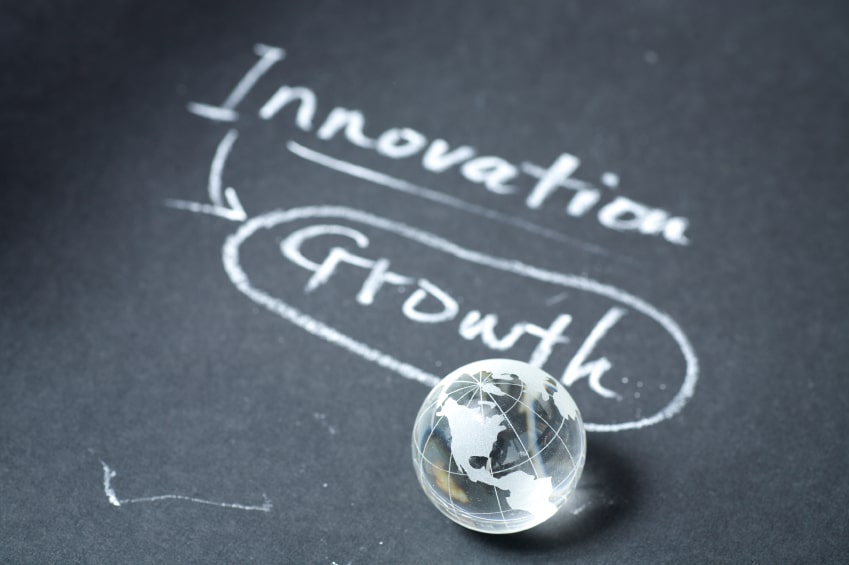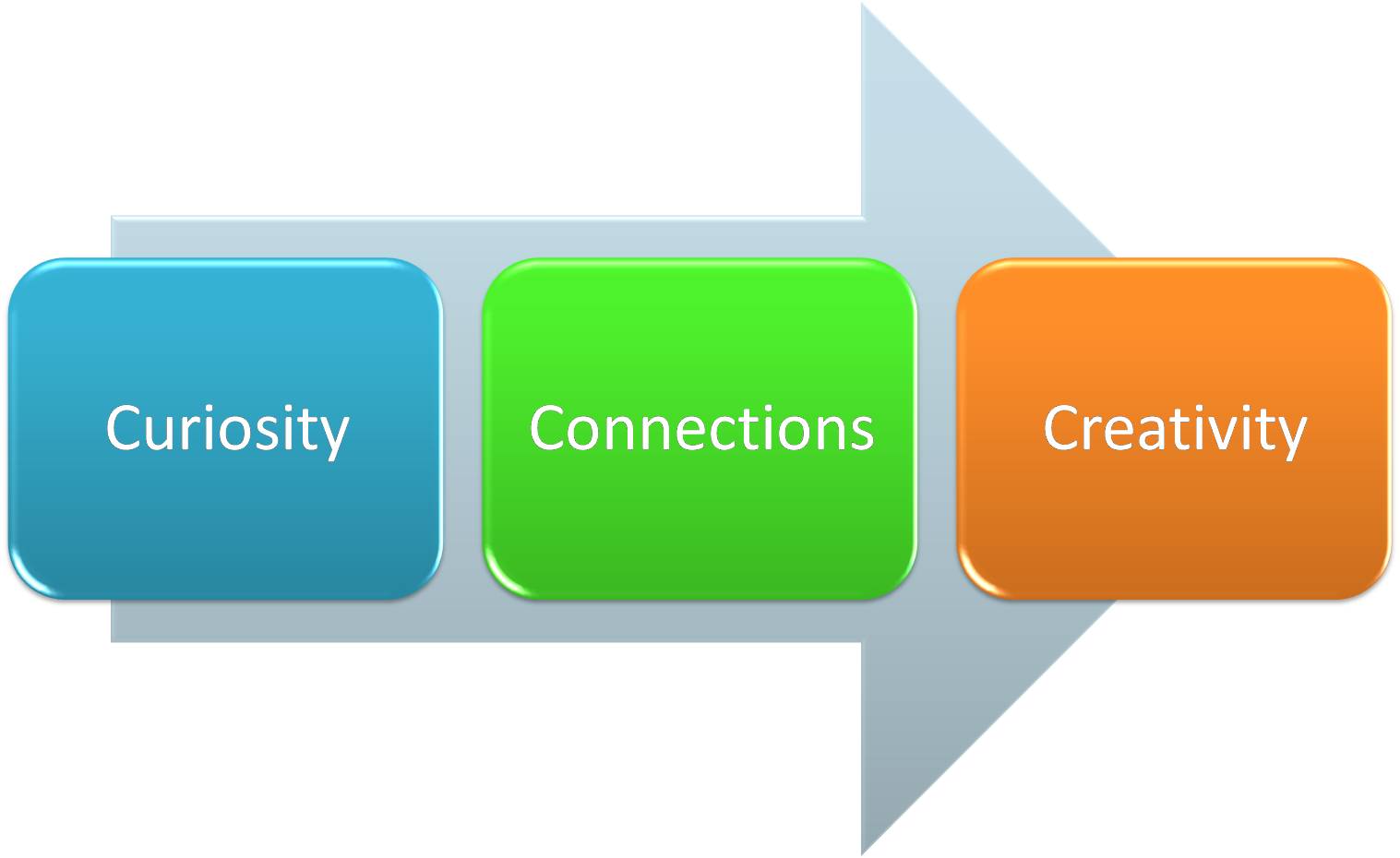What is the real contribution that HR should be giving into an organisation? In my opinion there is one concrete answer to this: enhance Creativity and Innovation. These two elements are not just “side” effects of HR policies, or limited to the contribution of some learning specialist. In my opinion these two key elements are the real added value that HR can bring into an organisation. Too often people in HR think their contribution should be to the culture of the organisation, to the motivation of employees, to the productivity of people, to the efficiency of the organisation. All these elements are of course valuable ones, and are probably some very important results of a good HR action. But are they really the Purpose of HR?

In many companies there is an idea that Innovation simply “happens”. Or, maybe, that should be delegated to the R&D department, where people are paid to actually innovate. Nothing more wrong than this. Innovation needs to be continually nurtured and fostered across all levels of the organisation. Because very often the difference between success and failure lies in the capability of a company to be innovative in areas that competitors have failed to identify. In order to be innovative, you need to make sure that your organisational culture allows for Creativity to flourish, other vital element. However, if we all know that creativity is a key success element for organisations, way too often it looks like our internal policies are designed to avoid creativity to happen.
How HR can influence creativity and innovation.
And here is key point: how can HR influence both Creativity and Innovation? There are many ways in which People Management can really develop these key attributes. Here some examples:
- Think about how HR Policies impact creativity in your workplace. In many cases many rules and regulation, thought to improve “efficiency” at work, are instead real killers for motivation and thus have negative impact on creativity. Else you will end up like in the comic here on the right. You can very well declare that Creativity is your corporation goal, but if you do not create an environment that can foster creativity, you are set for failure.
- Think about the different generations at work. Baby Boomers, Generation X, Generation Y and soon Generation Z, all have different “triggers” for motivation and creativity. This means that your activity focus should be capable to provide creative room for all the generations at your workplace.
- Think about Diversity at the workplace, not as a compliance or goodwill issue, but as a real element for improving Creativity. Some define diversity as the real mother for creativity, and the fact is that the more different ideas you have in a team, the more you can get creative results.
- Think about creativity as something that needs to happen at all levels of the organisation. For example, one of the key success factors of the Japanese way of doing Kaizen, was to get ideas from the front line workers in the manufacturing plants. If people see something is not working as it should, they will apply their creativity to improve it. If they’re allowed to do so. This will also respond to a key issue some companies have, where they have delegated “innovation” only to one department in the company. This does not work!

- Think about HR as the Real Example for Innovation. Uh, not seen in many companies in reality. HR is seen as the department who actually creates rules to kill innovation. In most of the companies I have seen HR is blamed about putting too many rules, making it impossible for people to follow their inner flow of motivation. The argument is always “but we need to ensure compliance, and thus we need to have rules”. Correct. But think about one aspect. Does the Walt Disney company give you the idea of ana anarchist organisation? Or Apple, under the volcanic Steve Jobs? Or Google, is it all about anarchy and missing rules? On the contrary: all organisations have rules. They are the basis for good operations and healthy living. But, they always synch their rules with the needs for creativity that the company brings in. And HR in a way or the other needs to be the one that starts “breaking” the rules that are not needed and are not relevant anymore.
- Think about how HR can improve the Creativity life-cycle.

The creativity lifecycle There are many definition of how creativity can be developed, and how a “creative process” works. I’m personally of the idea that in reality most of creativity simply “happens” into a “black-box” mode into individual’s minds. Of course, you can have brainstorming sessions, working groups, creativity sessions etc. etc. But in reality, at the basis of each good idea there are some inputs, and some ideas coming out of the brain of one or more people. Two ingredients are key into this life-cycle though: Curiosity and Connections. The first element is an attribute of every child. Unluckily, over time, curiosity gets killed in too many people. School, education, family, working environments, all elements that contribute to kill curiosity by providing “ready to wear” answers and rules for all situations. The second is about the fact that Creativity happens always by “connecting the dots“, putting elements in connection one to each other, and gaining feedback and inputs from other people. Did it ever happen to you to get an idea while you were having a coffee in front of the vending machine at work? Maybe after listening to some conversations of colleagues? HR can play a key role in the development of both this elements. First of all by looking for curiosity into people when they are recruited. Second by giving options for connectivity to all people in the organisation as much as possible.
- Think about your role as the innovation conscience of your organisation. Especially in crisis periods like the one we are in, investments in innovation are typically reduced, and attention to creativity is diminished. How wrong this attitude is clear. This is actually the best period to get new ideas, improve your effectiveness, develop new services and products. I can understand that financial investment needs to be reduced, but maybe this is the moment to push for the softer side, where HR can intervene and produce results developing the cultural aspect of creativity and innovation.
Creativity, Innovation and Talent
Some of the world’s greatest feats were accomplished by people not smart enough to know they were impossible.
Doug Larson
This quote summarize very well my thinking about linkage between Creativity, Innovation and Talent. Way too often the routines applied to identify so-called talents, are not really capable to point to people really able to see things out of the box and make a difference. Let’s think just about three cases: Albert Einstein, Ludwig van Beethoven, Steve Jobs. What do these people have in common? Well they are recognized geniuses in they domain, and they all left a footstep in history. But they also have something else in common. They would have probably never made it through a recruiting process, not even thinking about being identified as “Talents”. Einstein failed miserably in Maths at school. Beethoven had a difficult personality, and hearing disorders. Jobs was a free-spirit dedicated to several additions in his youth. These are just three examples, along many others. But should make you think. How many Jobs, Einsteins, Beethovens did you not recruit? How many do you have in your organisation, hidden behind organizational rules, below average performances, steeping motivations? If you don’t know the answer, and you thought so far that your Talent Management process was capable to really capture the “best” people in your organisation, well… please try to reconsider this. You will show to yourself and the company how HR can be really creative and innovative.

This is the fifth post in a series of six articles:
- Getting Rid of the Word Talent
- Need number 1: Hire Good Candidates (and get them onboard fast)
- Need number 2: Develop people internally
- Need number 3: Retain your people
- Need number 4: Enhance creativity and innovation
- A new paradigm for People Management

[…] Need number 4: Enhance creativity and innovation […]
[…] Need number 4: Enhance creativity and innovation […]
[…] Need number 4: Enhance creativity and innovation […]
[…] Easy. We have already talked about the impact we should be having on Innovation and Creativity. What we need to add is the focus on simplicity of tools and processes. I somehow would be tempted […]
[…] Need number 4: Enhance creativity and innovation […]
[…] of Imperfection. Is this possible also in organizations? It needs to if we want to nurture creativity and innovation. It’s about creating the psychological safety that is so much required to be able to get new […]